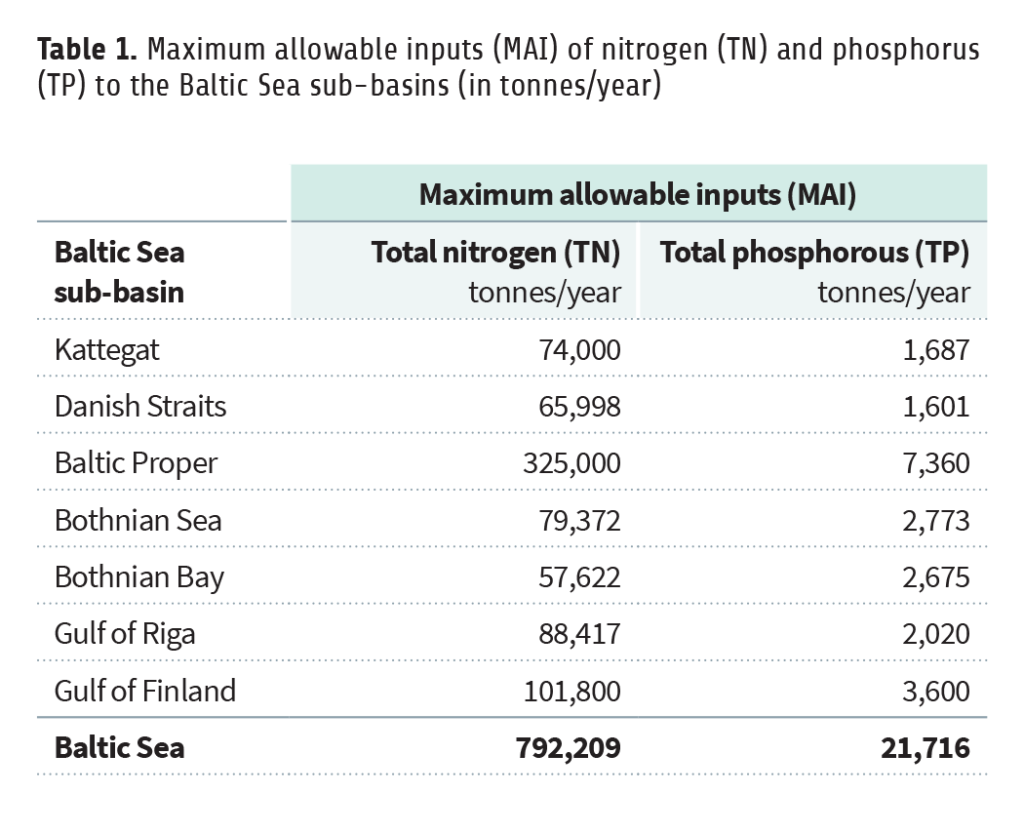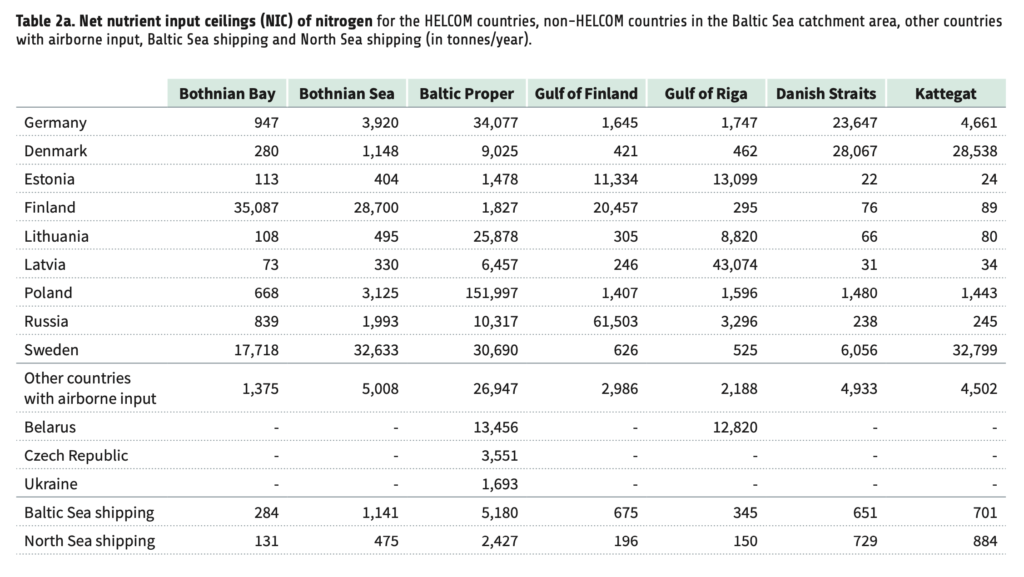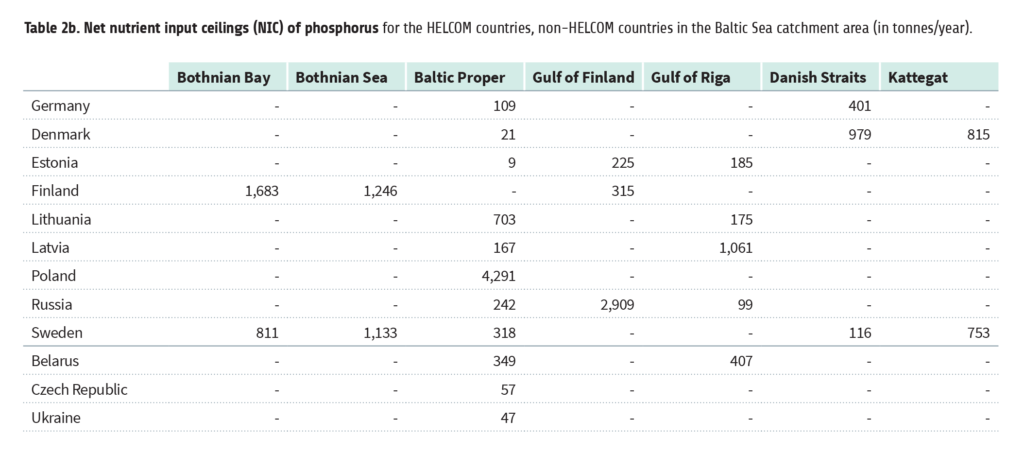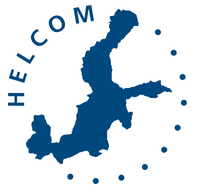Nutrient input reduction scheme
The HELCOM nutrient input reduction scheme is a regional approach to sharing the burden of nutrient reductions to achieve the goal of a Baltic Sea unaffected by eutrophication agreed by the Baltic Sea countries.
The scheme was first introduced and agreed on in 2007 as part of the HELCOM Baltic Sea Action Plan and revised in 2013 and 2021.
There are two main components of the nutrient reduction scheme:
- Maximum allowable inputs (MAI) of nutrients, indicating the maximum level of inputs of water and airborne nitrogen and phosphorus to the Baltic Sea sub-basins to reach good environmental status of the Baltic Sea;
- Nutrient Input Ceilings (NIC) define maximum inputs via water and air to achieve good status with respect to eutrophication for Baltic Sea sub-basins for each country.



Tracking the progress towards reaching the targets
The progress towards maximum aIlowable inputs is assessed annually and national input ceilings every second year. The progress is tracked as part of the HELCOM Pollution Load Compilation (PLC) project. The current project, PLC-8, is the eighth assessment in the PLC series and runs from 2020 to 2024.
In the 2007 Baltic Sea Action Plan the Baltic Sea coastal countries acknowledged that ‘there is a need to reduce the nutrient inputs and that the needed reductions shall be fairly shared by all Baltic Sea countries’. Initial estimates of Maximum Allowable Inputs of nutrients to reach the eutrophication targets (clear water) were calculated using the SANBALT model developed by the MARE Research programme in Sweden (Wulff et al 2007). Based on the MAI and agreed allocation principles for dividing the reduction burden between HELCOM countries, nutrient reduction targets were calculated. The reduction targets were derived by comparing MAI for each sub-basin with the average nutrient input during a reference period (1997-2003). The documentation for setting BSAP nutrient reduction targets has been compiled into the document Approach for setting country-wise allocations of nutrient reduction targets in the 2007 HELCOM Baltic Sea Action Plan.
In 2007, the countries agreed on provisional nutrient reduction targets and decided that the figures will be revised using a harmonized approach and most updated data as well enhanced modelling. The revision process started in 2008 and was completed in 2013.
The nutrient reduction scheme of the Baltic Sea Action Plan was revised in the 2013 HELCOM Ministerial Meeting, based on a new and more complete dataset as well as an improved modelling approach. Background information on the revision is included in the Summary report on the development of revised Maximum Allowable Inputs (MAI) and updated Country Allocated Reduction Targets (CART) of the Baltic Sea Action.
It soon became evident that it was not optimal to formulate the country commitments in terms of reduction requirements relative to nutrient inputs in a specific reference period, since they cannot guarantee fulfillment of MAI when reference inputs are updated. Therefore, the 2018 Brussels Ministerial Declaration stated that although recalling the CART of the 2013 Ministerial Meeting, in the update of the BSAP national commitments should be formulated in a way that ensures fulfillment of MAI. In the nutrient input reduction scheme included in the 2021 Baltic Sea Action Plan, the CART were replaced by Nutrient Input Ceilings (NIC) which define maximum inputs via water and air to achieve good status with respect to eutrophication for Baltic Sea sub-basins for each country. Background for the calculations of NICs is included in the report Revised nutrient input ceilings to the BSAP update (2021).

